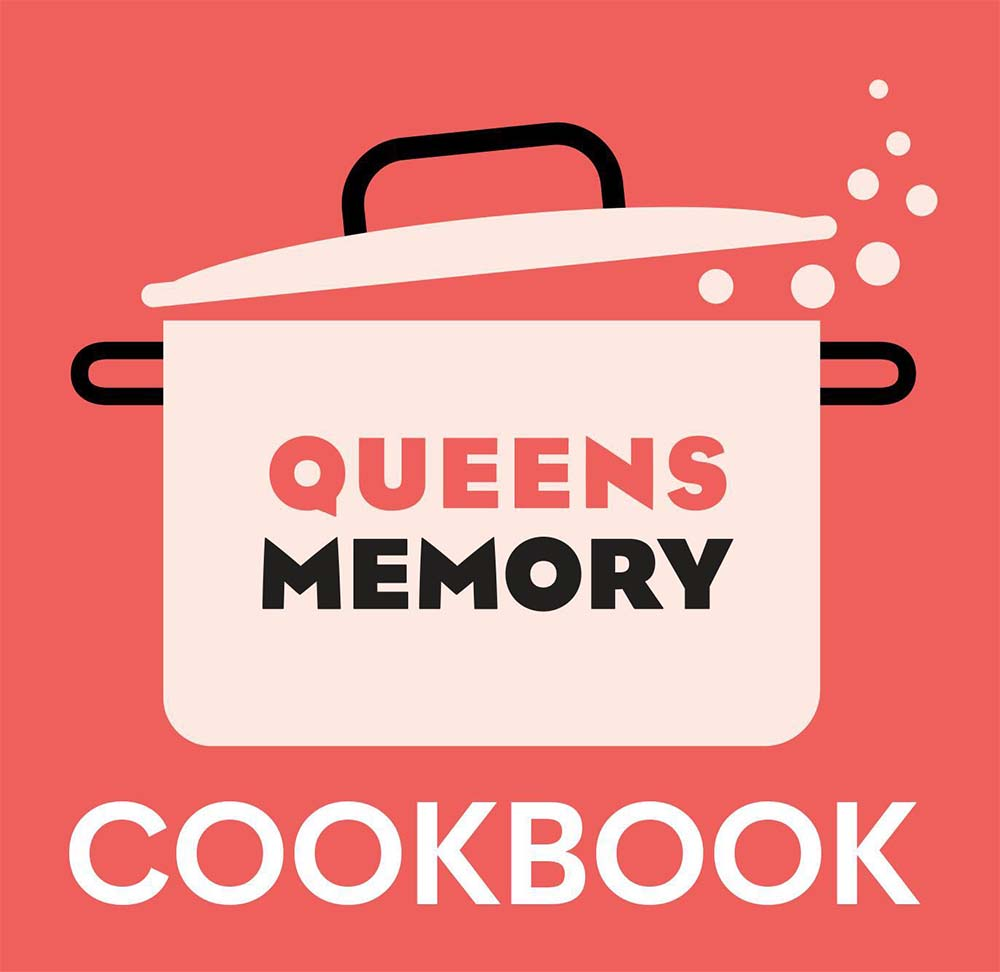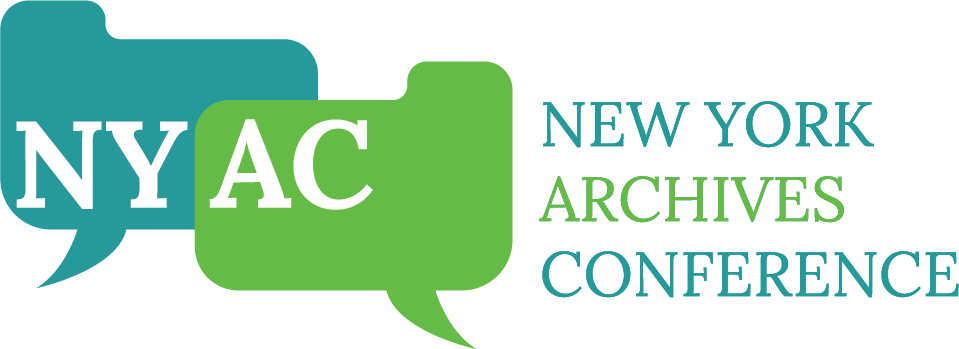12:15-1245 pm
Lightning Talks
A Role by Any Other Name:
Advertising and Recruiting for Digital Asset Management on Library and Archives Job Boards
This lightning talk discusses findings from our study published in the Journal of Digital Media Management that assessed the state, scope, and attributes of DAM (digital asset management) positions collected from library and archive job boards. A digital asset manager curates the sum of an institution’s knowledge in the form of digital assets. A cursory review of job advertisements reinforced the ubiquity of digital asset management in library and archival contexts (LIS). However, it also revealed great variability in how this specialized work is articulated in advertisements, the credentials sought by employers, and the salaries offered. The results provide insights to aid organizations in recruiting DAM librarians and archivists, guide students in forging career paths in DAM, and inform development of DAM curriculum in higher education. Attendees will gain understanding of the scope of DAM and the roles and responsibilities, skills, and education sought by employers for DAM professionals in library and archives contexts.
Presenters:
Dana Reijerkerk (she/her/hers)
Stony Brook University Libraries
Kristen J. Nyitray (she/her/hers)
Stony Brook University Libraries
The Queens Memory Cookbook:
Building Community Through Personal Archiving and Story Sharing
In this lightning talk, I discuss the development of the Queens Memory Cookbook series, from a Zoom-only weekly program series to a hybrid program of a monthly Zoom story share and an in-person recording program focusing on the Ridgewood and St. Albans/Addisleigh Park neighborhoods of Queens. The series offers a friendly introduction to community-led archiving, helps build rapport among program participants, and produces new printed volumes of the Queens Memory Cookbook, to be distributed for free to all contributors and added to Queens Public Library’s circulating collection and Archives.

Presenter:
Meral Agish
Queens Public Library
We Can Build It:
A Unique Custom Housing for Oversized Unmounted Paintings
Click Here to watch this Lightning Talk!
In 2020, Rare Books, Special Collections, & Preservation at the University of Rochester commissioned three 45″x60″ acrylic on paper paintings by local mural artist Brittany Williams as part of our exhibit celebrating Susan B. Anthony’s 200th birthday and the 100th anniversary of the ratification of the 19th Amendment. When the exhibit came down and the time came to safely store the paintings, however, we found that there were no flat files or solander cases available which would be big enough to safely house them. Not to be deterred, we designed and built our own housing. The case is made of two cross-grained layers of coroplast: the inner shell is wrapped in archival frame-backing paper to reduce static, and the exterior shell was bent using a heat gun to form the angles. The shell was assembled with polyester ratchet rivets and secures with plastic parachute buckles on nylon webbing straps (on the front) and non-corroding bolts (at the sides), meaning that there is no adhesive or tape in its construction. The interior painting supports are constructed out of ½” Gatorboard sheets wrapped in Mylar and archival tissue, and each painting is clipped to its own support with bulldog clips. These mounts are seated in two router-machined Lucite blocks anchored at each side of the case, which keep the paintings and mounts from leaning on each other. The entire case can be carried by two people using the exterior straps on the sides, and can stand on its own leaning slightly against a wall, or be slid behind a flat file. Total material cost for the build, which took six or seven full days, came to just over $550, with the mounts totaling $315 and the case itself coming to $240.
Presenters:
Lev Earle (they/them/theirs)
University of Rochester Rare Books, Special Collections, and Preservation
Claire Breitinger (she/her/hers)
University of Rochester Rare Books, Special Collections, and Preservation
Posters
Army, Art, Archives:
Archival Engagement and Outreach in an Academic Service Academy Library
The United States Military Academy Library staff are incredibly interested in outreach and engagement with our Archives and Special Collections materials, and we often discuss as an institution the importance of capturing current cadet experience in multiple formats, such as physical and born-digital materials. We aim to ensure that future cadets have the resources to discover our current “Long Gray Line.” To that end, a group of USMA Librarians created and executed a very successful Tiny Art Program and Magnificent Miniatures Exhibition. This presentation outlines how we combined academic library programming, exhibition, marketing, and digitization initiatives to inspire cadets to create original art that is inclusive of their experiences at West Point. These works of original art and images will serve as unique holdings for future generations to study to gain an understanding of what cadet life at West Point was like in 2022. The massive success of the Tiny Art Program and the Magnificent Miniatures Exhibition has allowed us to increase awareness of both the USMA Library and our Archives and Special Collections on campus and beyond.
Presenters:
Lisa Gomez (she/her/hers)
United States Military Academy Library
Lori Mullooly (she/her/hers)
United States Military Academy Library
Jennifer Chess (she/her/hers)
United States Military Academy Library
Start at the Beginning:
Workflows for Inventorying Digital Collections
While establishing a digital preservation program may seem daunting, it always begins with a first step. Often, that step involves information gathering and inventory. It is critical to first understand the nature of a digital collection before it is possible to take steps to preserve it. After stepping into a newly created Digital Curation & Preservation role, my first priority was to develop an inventory process that would allow me to understand and document the scope of our digital assets. This poster describes the steps I took to develop a digital collections inventory procedure, from identifying and gathering necessary information, to testing tools, to documenting the process.
Presenter:
Kim Hoffman
Hamilton College
